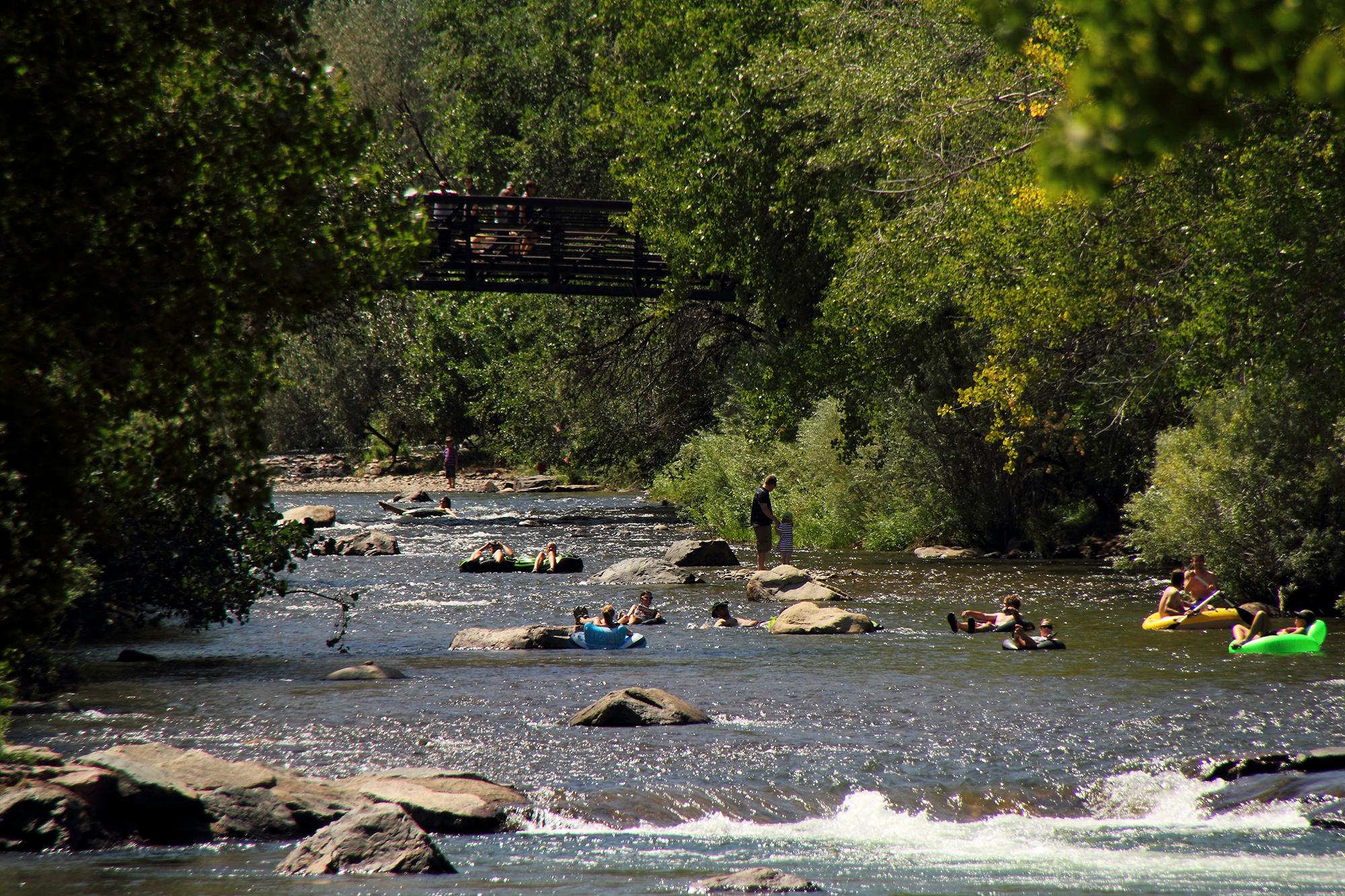
Amid Dangerous river conditions, officials are restricting access to Clear Creek, a popular outdoor recreation spot in the Golden foothills, on the eve of Independence Day.
Tubing, swimming and bodysurfing are not allowed. The creek is still open to kayaking, whitewater canoeing and paddle boarding.
"This year, because of the wet, cool spring, the runoff is actually coming down a little faster than anticipated," Golden Deputy Police Chief Joe Harvey said. "Just since Friday, we have increased 700 cubic feet per second, which is about double what we would normally see during a standard point of time in the summer."
Authorities consider more than just the speed of the creek's water when they close it off to activities. Debris in the water is also an issue, especially when it can't be spotted by an unaware tuber.
"Sometimes you can’t see them because they’re underneath the water and they’re moving very quickly. Those can cause a great deal of injury," Harvey said.
The height of Clear Creek is another consideration. When the water is running as high as it is right now, it's not just swimmers and rafters who are at danger — their potential rescuers at put at risk too.
The Clear Creek Fire Department is so skilled at water rescues, first responders from around the country come to Golden to train in the creek. But saving someone from running water is a difficult task.
"When somebody gets pulled under water, they can be swept away very, very quickly, and we may not be able to get to them until they’re miles down the creek. Not to mention if you get knocked unconscious, you’re just bobbing through this water and hitting everything in sight," Harvey said. "You have to run along the creek and yell at the person to try and swim the best they can."
About a dozen people have died or gone missing on Colorado waterways, including Clear Creek, this season.
Harvey said there have been another six or so rescues from Clear Creek, and he considers them all near misses because of the risks.
For the kayakers, canoers and paddle boarders heading to the creek, Harvey highly recommends wearing a life jacket and helmet. And when the water recedes enough for tubers and swimmers to return, he encourages visitors to watch how much they drink and to keep children close.
"I don’t think that’s what people understand. Water is one of those beasts that you have to give a great deal of deference to," Harvey said. "It knows no end and it moves at its own rate, it will take you where the water wants to take you."









